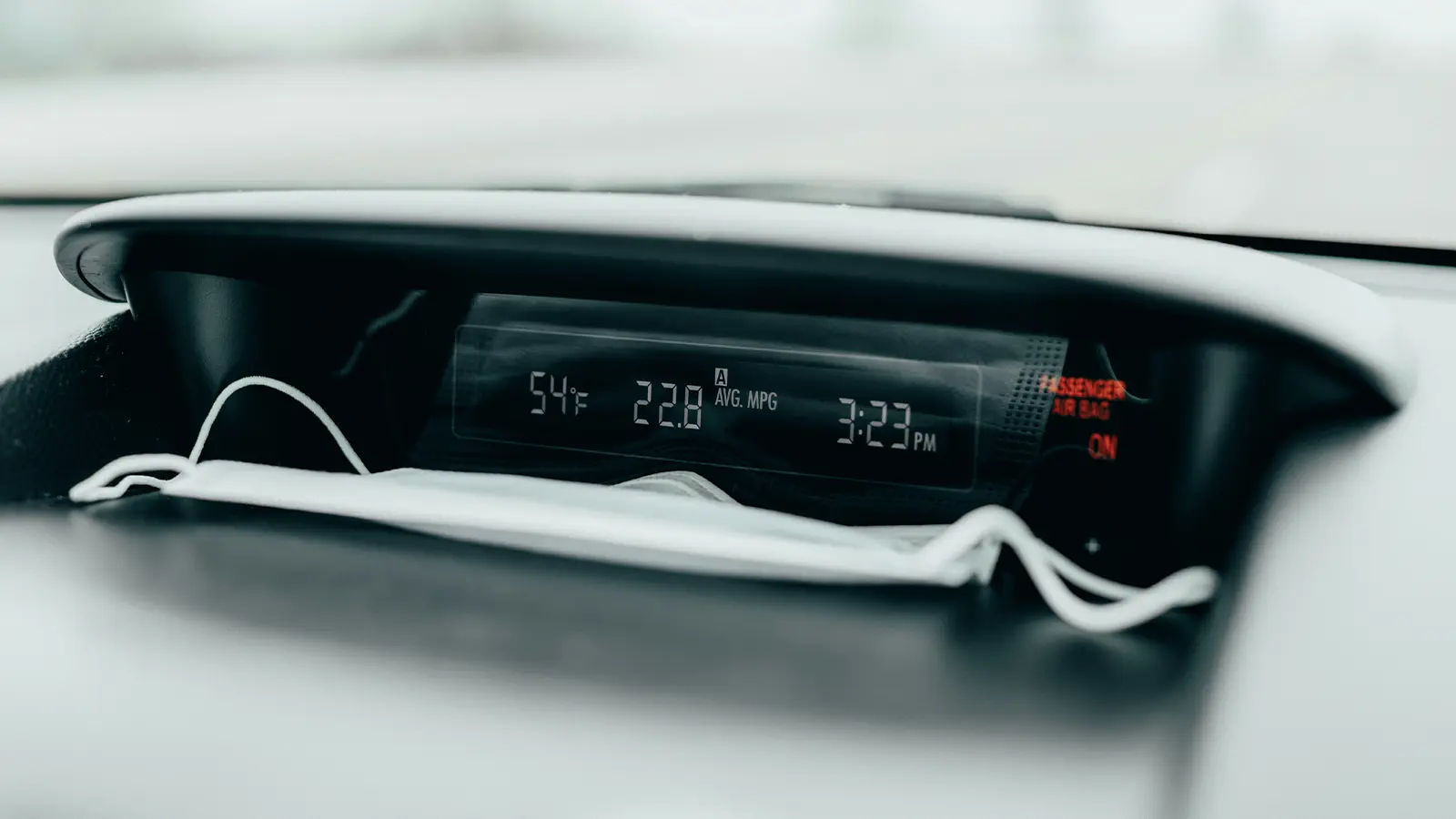Preserve Long-Term Performance
Electric vehicle (EV) batteries are sensitive to temperature extremes, which can affect everything from driving range and performance to how quickly your car charges. Whether you're driving in the middle of winter or during a summer heatwave, understanding how temperature impacts your battery helps you drive smarter and preserve long-term performance.
Why Temperature Matters
EV batteries perform best in moderate conditions, typically between 60- and 80-degrees Fahrenheit. Outside of this range, the chemical reactions inside the battery can slow down or speed up in ways that reduce efficiency, shorten range, and increase battery wear.
Unlike gas-powered vehicles where temperature primarily affects comfort, EVs rely on precise battery chemistry, and that chemistry is directly influenced by environmental conditions.
Cold Weather: What to Expect
In freezing temperatures, battery performance temporarily drops because the chemical reactions inside the battery slow down.
Common effects in cold climates:
- Driving range may be reduced by 10 to 40 percent due to increased energy use for cabin and battery heating.
- Charging speeds are slower because lithium ions move more slowly at low temperatures.
- Regenerative braking may be limited until the battery reaches an optimal temperature.
Tips for winter battery care:
- Use your vehicle's app to precondition the cabin and battery before unplugging. This is most effective when the car is still plugged in.
- Keep your EV connected to a charger overnight, which allows the system to maintain the battery temperature.
- Start off with gentle driving to help warm the battery gradually.
- Use heated seats and the steering wheel instead of blasting cabin heat, as they consume less energy.
Hot Weather: Risks and Remedies
High temperatures can accelerate chemical reactions in the battery, which may sound helpful for charging speed but also increases the risk of long-term degradation.
Concerns during hot weather:
- Heat can speed up battery aging and reduce long-term capacity.
- Some EVs may temporarily reduce performance to avoid overheating.
- The cooling system may consume more energy, slightly reducing the range.
Tips for hot weather battery care:
- Park in shaded areas or garages to limit sun exposure.
- Use your vehicle's climate control system to precondition the cabin and battery before driving.
- Minimize fast charging when the battery is already hot.
- Avoid charging up to 100 percent on very hot days unless you need full range for a trip.
Thermal Management Systems: Built-in Battery Protection
Most modern EVs include active thermal management systems that automatically maintain battery temperature.
- Liquid cooling systems circulate coolant around the battery pack to keep temperatures stable.
- Heat pumps or resistive heaters may be used in cold weather to keep the battery warm.
- Software controls monitor and adjust thermal conditions as needed, and some vehicles receive updates that improve battery performance over time.
If your EV does not have a thermal management system, temperature will have a greater effect on charging speed and driving range, and manual precautions become more important.
Seasonal Charging Tips
Your EV battery performs best within a moderate temperature range. Adjusting your charging habits by season helps protect long-term health and performance.
- In winter, it’s important to precondition both the cabin and the battery before driving, especially while the vehicle is still plugged in. This reduces strain on the battery during cold starts and improves charging efficiency. Try to avoid plugging in or starting a charge when the battery is cold, as this can slow down charging and affect range.
- In summer, plan to charge early in the morning or later at night when outside temperatures are cooler. Preconditioning the cabin with air conditioning while still plugged in can also reduce battery drain during your drive. Avoid parking your vehicle with a full battery in direct sunlight for extended periods, as heat can accelerate battery degradation.
- Year-round, scheduled charging can help you avoid charging during the hottest or coldest parts of the day. Also avoid frequent fast charging when the battery is already hot, such as immediately after a long drive, to minimize thermal stress.
How Temperature Affects Battery Lifespan
Of the two extremes, repeated exposure to high heat has a more damaging long-term effect on the battery than cold. While cold temperatures reduce range temporarily, heat can cause permanent wear to battery cells.
- Charging a cold battery too quickly may cause lithium plating, which reduces capacity.
- Long-term exposure to heat increases internal resistance and reduces efficiency.
- High temperatures combined with high states of charge can accelerate chemical aging.
Final Thoughts
EVs are built to perform across a wide range of conditions, but temperature remains one of the most important environmental factors affecting battery performance and health. By adjusting your driving and charging habits for the season, you can protect your battery and maintain a smooth driving experience.
Take Your EV Battery Know-How Further
Exploring EV battery fundamentals:
← Go Back: Charging Habits That Protect Your Battery
Discover Next: Battery Warranties and Manufacturer Protections →












